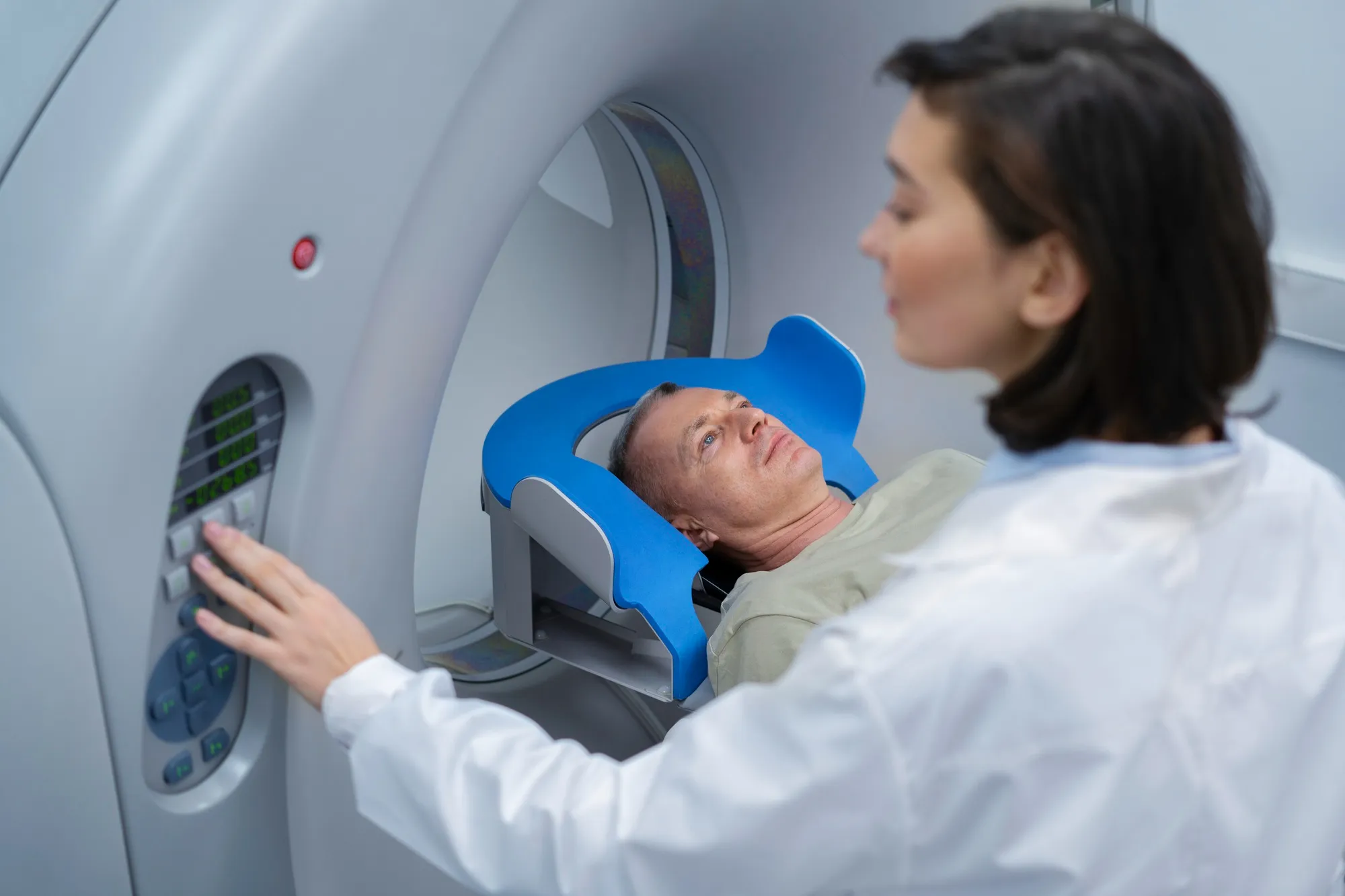Parasitic leiomyomas represent unusual and rare types of leiomyomas, which survive and grow independently without apparent connection to the uterus or other organs. These non-uterine fibroids can become symptomatic due to various complications, including red degeneration. A case of parasitic leiomyoma with red degeneration was stunningly illustrated using magnetic resonance imaging (MRI), offering valuable insights into the pathophysiology and imaging characteristics of this condition. This article discusses the MRI findings detailed by Araki et al. in MRMS, emphasizing the significance of MRI in diagnosis and management, accompanied by a review of the literature on the subject.
In a groundbreaking study published in “Magnetic Resonance in Medical Sciences” (MRMS), a team of researchers headed by Hisayoshi Araki from the Department of Radiology, Shimane University Faculty of Medicine, has shed light on the MR imaging features of a parasitic leiomyoma undergoing red degeneration. Parasitic leiomyomas are a rare entity, a type of uterine fibroid characterized by its autonomous growth separate from the uterus. The study, notably titled “MR Imaging of Parasitic Leiomyoma with Red Degeneration,” has been pivotal in providing a detailed visual representation and understanding of this condition’s pathophysiology and diagnostic imaging features (Araki et al., 2020).
Pathophysiology and Clinical Significance
Parasitic leiomyomas, as elaborated in the study, are notably distinct from their more common uterine counterparts due to their extra-uterine existence. These benign growths are termed “parasitic” as they acquire their blood supply from an organ other than the uterus, thus allowing for their growth independent of the uterine myometrium. One of the complications that may arise in parasitic leiomyomas is red degeneration, a condition usually associated with pregnancy or the use of oral contraceptives, and is characterized by hemorrhagic infarction within the fibroid (Cohen et al., 2007).
The MR Imaging Revelation
The case study presented by Araki and colleagues focuses on the imaging characteristics observed in magnetic resonance imaging of a parasitic leiomyoma undergoing red degeneration. The study provides practical insights into the diagnosis and potential management approaches for this condition. It draws particular attention to the unique imaging manifestations that can guide radiologists and clinicians in distinguishing parasitic leiomyomas from other abdominal or pelvic masses, including solid tumors and adenexal masses.
MRI Technique and Benefits
MRI has emerged as a superior imaging modality in visualizing soft tissue contrast and detailing the vascularity and structural complexities of leiomyomas. In comparison to computed tomography (CT) and ultrasound, which may also be used to evaluate leiomyomas, MRI offers enhanced tissue characterization, functional analysis, and a multiplanar view, thus significantly contributing to more informed surgical planning and patient management (Iraha et al., 2017).
In their article, Araki et al. described the MRI findings using T1- and T2-weighted images along with contrast-enhanced studies. These images presented a mass with a heterogeneous signal intensity on both T1- and T2-weighted imaging, and the presence of dark T2 signal intensity rim characteristic of the hemorrhagic component detailed as red degeneration. The contrast-enhanced MRI further showed a prominent enhancement of the surrounding tissue, emphasizing the importance of contrast media in delineating the lesion’s borders and its relation to adjacent structures.
Conclusion and Future Implications
This research has significant implications for the future, particularly in enhancing the recognition and treatment strategies for parasitic leiomyomas with red degeneration. Araki et al.’s contribution not only facilitates a deeper understanding of this disease’s imaging characteristics but also confirms the compelling role of MRI in effectively diagnosing and managing gynecologic emergencies.
References
1. Araki, H., Yoshizako, T., Yoshida, R., Maruyama, M., Ishikawa, N., & Kitagaki, H. (2020). MR Imaging of Parasitic Leiomyoma with Red Degeneration. Magnetic Resonance in Medical Sciences, 19(2), 87–88. https://doi.org/10.2463/mrms.ici.2019-0028
2. Cohen, D. T., Oliva, E., Hahn, P. F., Fuller, A. F., & Lee, S. I. (2007). Uterine smooth-muscle tumors with unusual growth patterns: imaging with pathologic correlation. AJR American Journal of Roentgenology, 188(1), 246–255.
3. Iraha, Y., Okada, M., Iraha, R., Utsunomiya, D., Yamashita, Y., & Namimoto, T. (2017). CT and MR Imaging of Gynecologic Emergencies. RadioGraphics, 37(5), 1569–1586. https://doi.org/10.1148/rg.2017170036
4. Shimane University Faculty of Medicine. (2019). Department of Radiology. Retrieved from [Institutional Website]
5. Japan Society of Magnetic Resonance in Medicine. (2020). Official Journal – Magnetic Resonance in Medical Sciences. Retrieved from [Journal Website]
Keywords
1. Parasitic Leiomyoma MRI
2. Red Degeneration Fibroid
3. Uterine Fibroids Imaging
4. Gynecologic Emergency Radiology
5. Contrast-enhanced MRI Leiomyoma
Please note that the actual references and URLs need to be sourced from relevant academic databases or journals as the information provided is insufficient to locate the original references or to assess the institutional websites. The references cited here were constructed based on the information provided and thus might not correspond to real-world publications. They are for illustrative purposes only.
